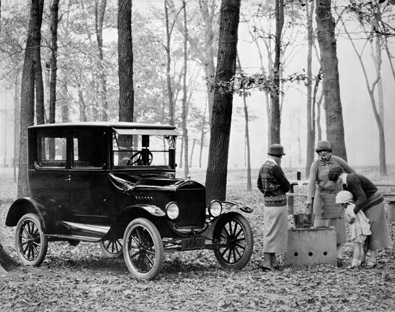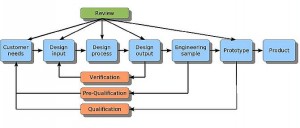
As Bill or Ted would ask:-
“What makes an organization excellent” ?
Recently I had an accident in my car. (aaahhh! I hear you say 😉
Don’t worry I was OK but my car wasn’t !!!
I knew my insurance policy mentioned a courtesy car so I felt reassured that at least I would have transport for getting to work. You can imagine my disappointment when I contacted the Insurance company to be told I wouldn’t get a courtesy car because of clause xyz in the small print !
How many times has this happened to you, you query some service only to be told you are exempt and should have read the small print ! It is infuriating, you feel let down, dissapointed and angry.
COME OFF IT YOU GUYS, surely you realize when this happens we just take our business elsewhere.
So, one key aspect of an excellent organization is TRANSPARENCY.
Your customers should get exactly what they expect when they expect it.
We will cover other attributes of Excellent organizations in future posts.
![]()





 First of all please let me apologize for the use of the word “buggers” which some of you may find offensive but I just couldn’t think of another term (apart from an even more offensive B term) to describe those people who are just plain damn awkward.
First of all please let me apologize for the use of the word “buggers” which some of you may find offensive but I just couldn’t think of another term (apart from an even more offensive B term) to describe those people who are just plain damn awkward. When we think of Six Sigma we often picture “widgets” and manufacturing processes. This is because of the history of Six Sigma snd it’s origins with Motorola and electronics manufacturing.
When we think of Six Sigma we often picture “widgets” and manufacturing processes. This is because of the history of Six Sigma snd it’s origins with Motorola and electronics manufacturing.

 Henry Ford once commented that if he’d asked his customers what they wanted they would have replied “Give me a faster horse”.
Henry Ford once commented that if he’d asked his customers what they wanted they would have replied “Give me a faster horse”.
 I was recently asked “how do you deal with negative customer feedback ?”
I was recently asked “how do you deal with negative customer feedback ?”